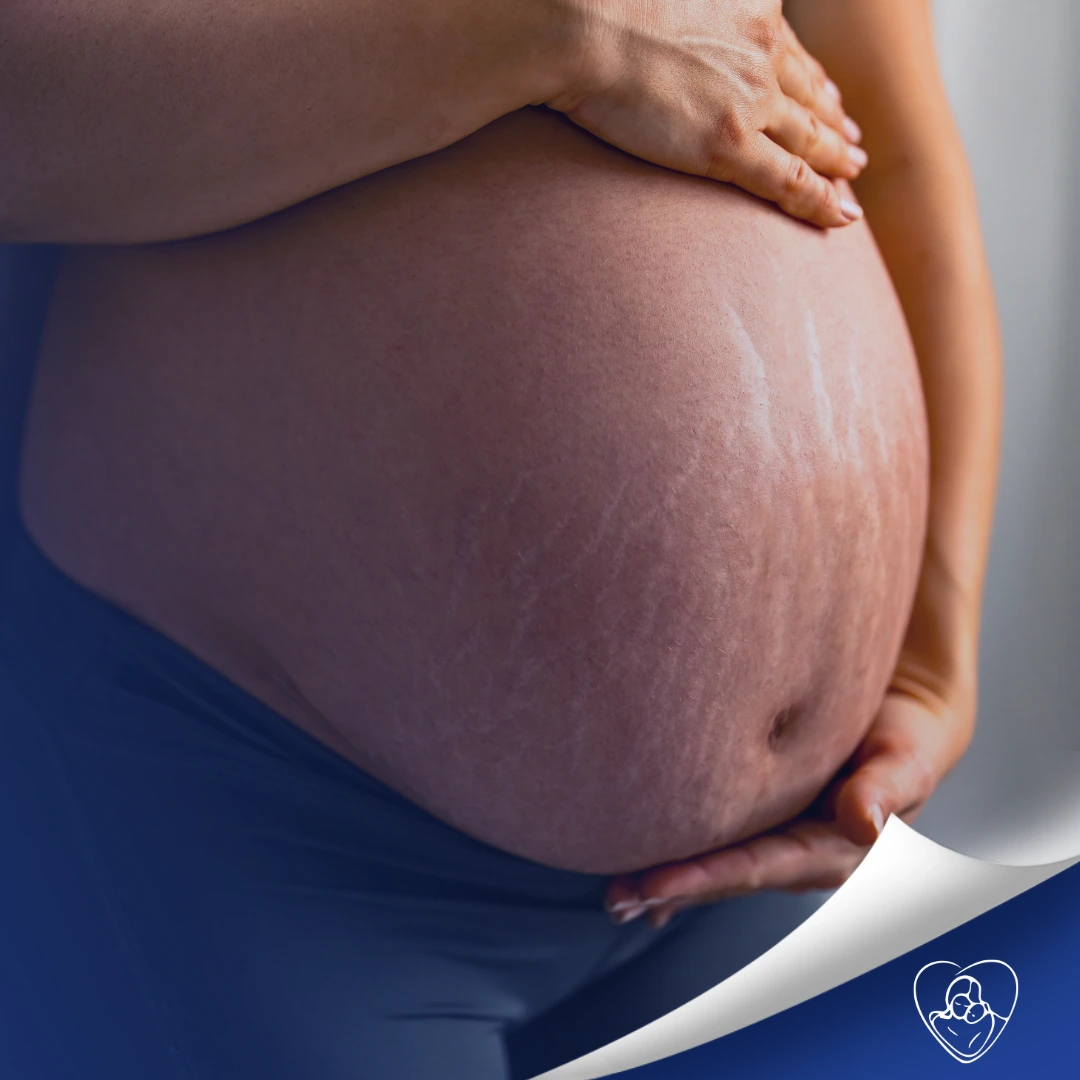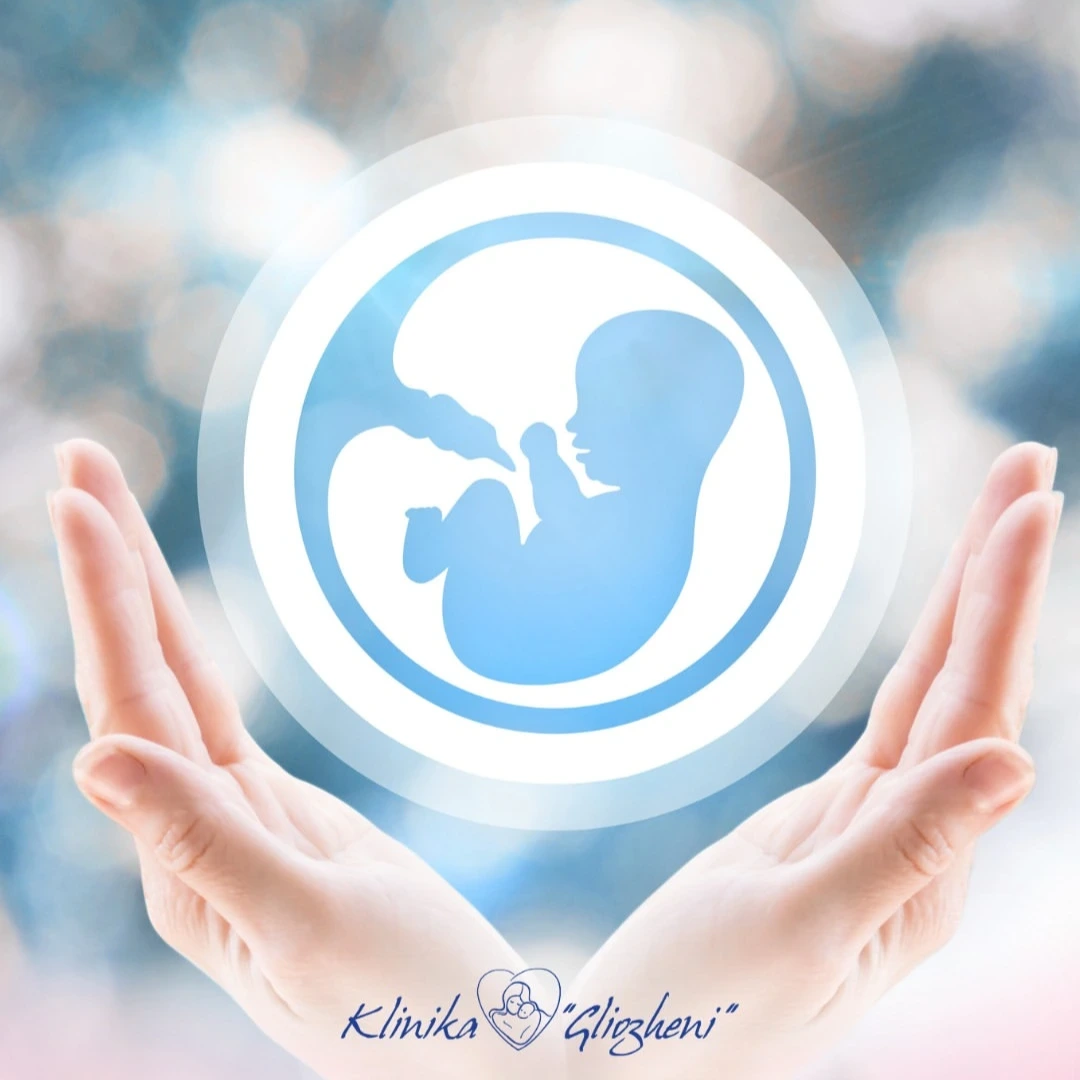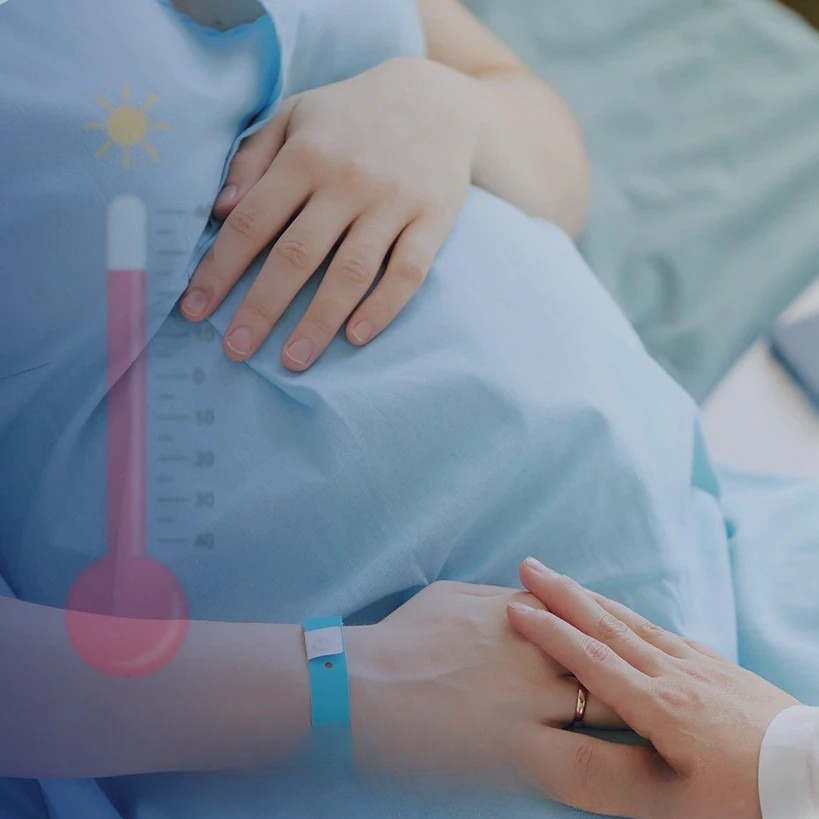At the “Gliozheni” Gynecological Clinic, we believe that every stage of pregnancy is a miracle. A woman’s body goes through an extraordinary transformation to create and nurture a new life. One of the most common and visible changes that accompanies this journey is the appearance of stretch marks. They are a completely natural part of this process and should never be seen as a flaw or something negative. On the contrary, each stretch mark is a silent testament to your body’s strength and elasticity, a permanent reminder of the miracle you have carried within you.
However, we fully understand that stretch marks in pregnancy can cause aesthetic concern and physical discomfort for many women, both during and after birth. Our goal is to provide you with complete information and support, helping you to embrace this change with confidence. Take care of yourself, accept your body, and remember that every mark is part of your unique story.
What Are Stretch Marks, Really?
To better understand this phenomenon, let’s dive into the science. Our skin consists of three main layers: the epidermis (outer layer), the dermis (middle layer), and the hypodermis (deepest layer). The dermis contains collagen and elastin fibers, which give the skin its strength and elasticity. When the body grows at a faster rate than the skin can keep up with, as happens during pregnancy, these fibers in the dermis can overstretch and tear. These small tears allow the blood vessels beneath the skin to become visible, thus creating the lines we know as a stretch mark (or striae gravidarum in medical terminology). So, a stretch mark is essentially a type of internal skin scar.
Why Do Stretch Marks Appear Specifically During Pregnancy?
Their appearance is the result of a combination of factors:
- Rapid Skin Expansion: This is the most obvious cause. The growth of the abdomen, the enlargement of the breasts, and weight gain in areas like the thighs and buttocks cause the skin to expand significantly in a short period.
- Hormonal Changes: During pregnancy, the body produces higher levels of hormones like cortisol. These hormones can weaken the collagen and elastin fibers in the skin, making it more prone to developing stretch marks.
- Genetic Factor: There is a strong genetic predisposition. If your mother or sister had stretch marks during their pregnancies, it’s highly likely that you will too.
More In-Depth Facts About Stretch Marks
- High Prevalence: About 50-90% of pregnant women are affected by the formation of stretch marks, which shows that this is more the rule than the exception.
- The Evolution of Color: Initially, new stretch marks (striae rubrae) can be pink, red, purple, or brown, depending on your skin tone. This color comes from the blood vessels showing through the torn dermis. Over time, usually within 6-12 months after birth, they begin to fade, the blood vessels recede, and the stretch marks take on a silvery-white color (striae albae), becoming less noticeable.
- Widespread Location: Although the abdomen is the most well-known area, stretch marks can appear anywhere the skin has stretched: on the thighs, buttocks, breasts, and even on the lower back or arms.
- Accompanying Symptoms: Before a stretch mark becomes fully visible, the skin in that area may become thin, pink, and itchy. The itching is a sign of the inflammatory and healing process of the skin. While it can be very annoying, sometimes to the point of causing sleeplessness, it is essential to avoid scratching, as it can worsen the situation.
- Typical Time of Appearance: They usually become most noticeable around the sixth or seventh month when the baby’s growth and weight gain accelerate.
How Can We Manage and Minimize Stretch Marks?
While there is no magic method to completely prevent the formation of stretch marks, especially when genetics play a role, there are several steps you can take to keep your skin as healthy and elastic as possible, potentially minimizing their appearance:
- Continuous Hydration: Keep your skin hydrated from the inside by drinking plenty of water, and from the outside by regularly applying moisturizing creams and oils. Ingredients like cocoa butter, shea butter, sweet almond oil, and hyaluronic acid are excellent for maintaining skin elasticity.
- Gentle Massage: When applying creams, perform a light massage in circular motions. This helps to improve blood circulation in those areas.
- Balanced Nutrition: A diet rich in vitamins C, E, D, and zinc, as well as protein, helps support collagen production and overall skin health.
Your Support at the Gliozheni Clinic
While the advice above is an excellent starting point, we at the Gliozheni Clinic know that every pregnancy is unique. Our gynecologists and supportive staff are available to offer personalized advice. During your routine visits, do not hesitate to discuss any concerns you have regarding your skin and the appearance of stretch marks. We can recommend specific products that are safe for pregnancy and discuss post-partum options if that is something that interests you. Our goal at the Gliozheni Clinic is to ensure you have the most comfortable and supported experience possible, taking care of every aspect of your health.
Remember, your stretch marks are part of your powerful pregnancy story. They do not diminish your beauty; they add a new chapter to it. Embrace every change with love and pride. For any questions or professional advice, the team at the Gliozheni Clinic is always here to support you every step of this wonderful journey.






